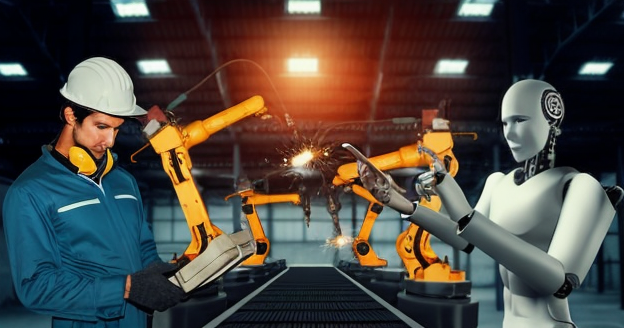The Evolution and Innovation in Sheet Metal Fabrication for Automotive Design+ View more
The Evolution and Innovation in Sheet Metal Fabrication for Automotive Design
Sheet metal fabrication technology has been a cornerstone in the automotive industry, shaping the very essence of vehicle exteriors. The inception of this technology dates back to the early 20th century, but it's the recent advancements that have truly revolutionized the design capabilities. Modern techniques such as stamping, casting, and precision molding have allowed for an unprecedented level of detail and sophistication in car panel designs. These processes not only cater to the aesthetic appeal but also significantly improve aerodynamic efficiency, which is paramount in today's eco-conscious market.
In recent years, the push towards electrification and alternative energy in the automotive sector has sparked a new wave of innovation in sheet metal fabrication. The transition to electric vehicles (EVs) entails a redesign of many structural components to accommodate new powertrains and batteries. This shift demands lightweight yet durable materials, for which advanced high-strength steel (AHSS) and aluminum alloys are increasingly favored. Their malleability, coupled with cutting-edge fabrication techniques, allows designers to maintain structural integrity without compromising the vehicle's performance or safety.
Integrating Technology with Tradition in Sheet Metal Design
The integration of computer-aided design (CAD) and 3D printing has also significantly impacted the traditional sheet metal fabrication process. CAD allows for precise and intricate designs to be mapped out digitally before any physical work begins, reducing the margin for error and streamlining the production process. 3D printing, on the other hand, has enabled rapid prototyping, allowing designers and engineers to test and refine their ideas quickly and cost-effectively. This synergy between digital precision and traditional craftsmanship has opened up new realms of possibility for automotive design.
Moreover, the advent of Industry 4.0 has brought smart manufacturing to the forefront, with the Internet of Things (IoT) and artificial intelligence (AI) becoming integral parts of the sheet metal fabrication process. Smart factories equipped with sensors and connected machinery provide real-time data, enabling predictive maintenance, minimizing downtime, and ensuring consistent quality. AI algorithms can also predict material behavior during the forming process, which helps in optimizing the design for manufacturability and performance.
Future Perspectives: Sustainability and Customization
Looking ahead, the focus on sustainability is set to shape the future of sheet metal fabrication. With environmental regulations becoming increasingly stringent, there is a growing demand for recyclable materials and energy-efficient manufacturing processes. The industry is responding by exploring new metal alloys and composite materials that offer a reduced environmental footprint without sacrificing quality or aesthetics. Lifecycle assessments are becoming a standard part of the design process, ensuring that vehicles are not only designed for performance but also for environmental compatibility.
Simultaneously, the desire for personalized vehicles is driving the customization trend in sheet metal fabrication. Advanced fabrication technologies enable small-scale, customized production runs that cater to individual preferences, without incurring the traditional costs of bespoke manufacturing. This trend is not only limited to luxury vehicles but is gradually permeating the broader market, allowing more consumers to enjoy a tailored automotive experience.
The relentless pursuit of innovation in sheet metal fabrication technology has not only transformed the automotive design landscape but is also steering the industry towards a more sustainable and customer-centric future. As technology continues to evolve, the possibilities for what can be achieved in terms of design, efficiency, and personalization are boundless. The automotive industry stands on the cusp of a new era where sheet metal fabrication remains a vital piece of the puzzle, blending artistry with engineering to bring the next generation of vehicles to life.

